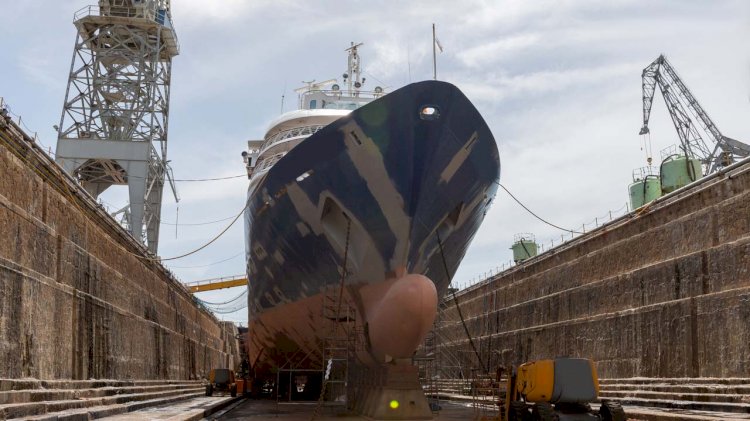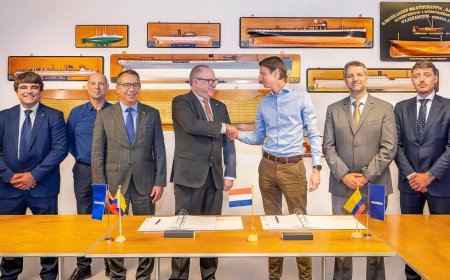SGMF publishes guidelines for the safe dry docking of vessels that use gas as fuel
Shipping companies who use gas as a marine fuel will need to be prepared for when their gas-fuelled ships undergo routine maintenance in dry dock.

The Society for Marine Gas as a Fuel (SGMF) has published new guidance on work practices for maintenance, repair and dry-dock operations for ships that use gas/LNG as fuel to help ensure the safe maintenance of gas-fuelled ships.
In the future, an increasing number of ships will switch to using gas as a marine fuel, catalysed by increased international regulatory focus on reducing environmental impact and emissions by the IMO.
However, shipping companies who use gas as a marine fuel will need to be prepared for when their gas-fuelled ships undergo routine maintenance in dry dock. While cargo is normally removed from a vessel as part of the drydocking process, sometimes fuel is not.
With 185 gas fuelled ships in active service and with another 212 on order, the release of this publication is timely since it is important that prior to any docking both ship owner, operator or manager and shipyard fully understand the safety requirements of the gas fuel management during the dry docking period.
For ships using gas fuel, such as LNG, a rigorous approach must be undertaken to maintain safety. As such, this new guidance details techniques and precautions that can be applied to minimise the hazards of LNG/gaseous fuels – in many cases, allowing the use of traditional maintenance techniques. Where this is not possible, the guidance discusses alternative methods.
The guidance also offers a risk assessment approach and covers all aspects of LNG fuel management while preparing for the docking and during the docking process. Furthermore, it provides the required details and direction for ship owners to select prequalified shipyards.
Local National and International Regulatory Authorities can also all draw upon, or refer to, the philosophy methodology and content of this publication when it comes to the maintenance of gas fuelled ships. Shipyards can also use the guidance to prepare and be LNG ready. Although this guidance will give the majority of detail required, SGMF advises that ship owners, operators and managers fully understand the implications of having LNG onboard and appoint an LNG specialist within the fleet and the yard.
The “Gas as a Marine Fuel: Work Practices for Maintenance, Repair and Dry-Dock Operations” guidelines were developed using the experience and technical knowledge of SGMF’s extensive member network. The contents of the publication have been drawn from the unique specialist knowledge of many individuals from the SGMF membership including the Principal Safety Advisor to SGMF, David Haynes, who acted as the lead individual compiling the publication. In leading the development of the guidelines, Mr Haynes has, in many instances, drawn upon onshore good practice to help align and standardise the approach for the maritime industry.
Mark Bell, General Manager, SGMF says:
“I am really proud to see that yet another unique and much needed publication has been compiled by SGMF, drawn together by our expert members under the guidance of David Haynes, Principal Safety Advisor to SGMF.
As more and more ships start to use gas fuels, the industry is now equipped with the reference document to ensure the safe maintenance and drydocking of gas-fuelled ships. My thanks to David and all of the individuals and member organisations who have contributed to this milestone publication.”
For SGMF members, this publication is available in the Member Portal (Library / Publications) to download and hard copies available in July.

























































































































































